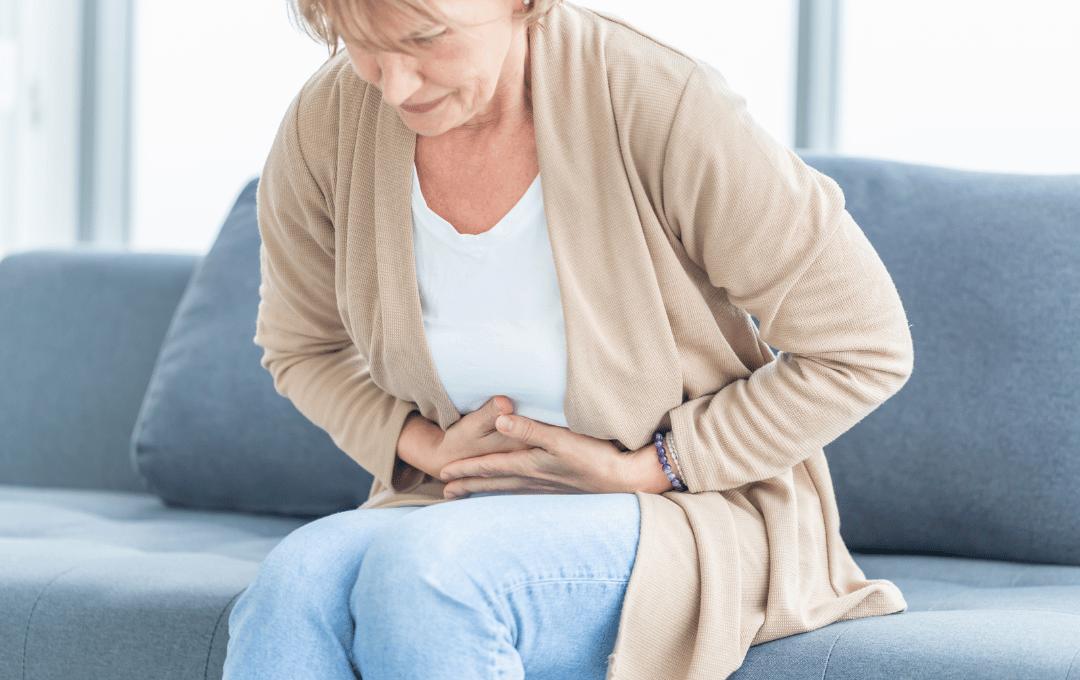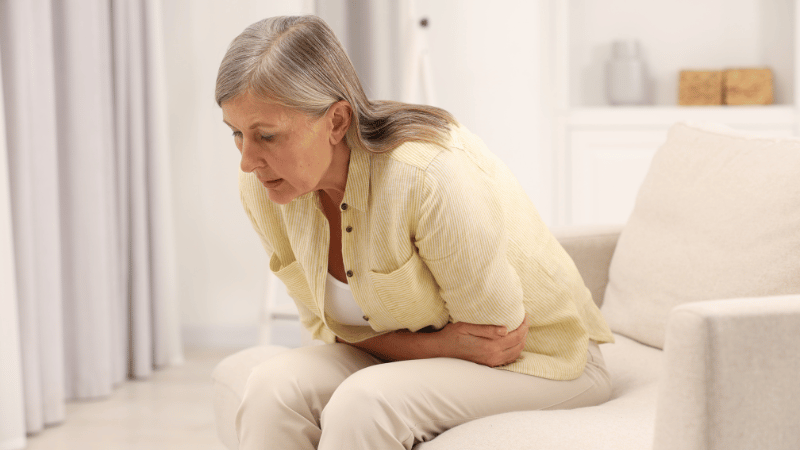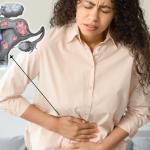
Many women assume fibroids disappear after menopause. Although most uterine fibroids, which are benign tumors, do shrink as estrogen levels decline, some women continue to experience symptoms. In some cases, they can even develop new uterine fibroids after menopause. These symptoms can be confusing and worrying, especially if a woman has stopped menstruating.
If you’re experiencing symptoms and are concerned about treatment options for fibroids after menopause, this guide will provide clarity about your next steps.
Do Fibroids Shrink After Menopause?
While it’s true that the drop in estrogen after menopause generally causes fibroid shrinkage (atrophy), the process isn’t universal. New information reveals that other factors can contribute to the activity of fibroids. You can still have fibroids after menopause, which can cause unwanted symptoms.
Some women notice that fibroids persist, calcify, or even recur after menopause due to ongoing factors that continue to stimulate growth. For others, uterine fibroids may remain stable for years before becoming symptomatic.
Symptoms of Uterine Fibroids After Menopause
Even though menstrual bleeding stops, fibroids after menopause can still cause symptoms due to their position or size. These signs of fibroids after menopause can overlap with other postmenopausal issues, which makes medical evaluation crucial.
Common Signs of Fibroids After Menopause
Back pain or cramping from fibroids after menopause is a common symptom as well as:
- Abnormal vaginal bleeding or spotting after menopause
- Pelvic pain or cramping unrelated to menstruation
- Abdominal or pelvic pressure or bloating
- Frequent urination or constipation from pressure on nearby organs
- Lower back pain or leg discomfort caused by fibroid size or placement
Less Common Postmenopausal Fibroid Symptoms to Watch For
Some less common symptoms of post menopause fibroids include:
- Fatigue or anemia if bleeding occurs
- A feeling of fullness or a visible abdominal bulge
- Discomfort during intercourse
If you experience any of these symptoms, but aren’t sure if fibroids are the cause, our symptom quiz can help you determine if it’s time to consult a fibroid specialist.
What Causes Uterine Fibroids to Grow After Menopause?
It’s a common misconception that fibroids cannot grow after menopause. In reality, certain hormonal and metabolic factors can keep them active. Key risks for postmenopausal fibroids include:
- Hormone Replacement Therapy (HRT): HRT is one of the leading causes of postmenopausal fibroid regrowth. Estrogen therapy can stimulate any remaining fibroid tissue, leading to enlargement or new growth.
- Residual Estrogen Production: Even without HRT, the body still produces small amounts of estrogen—especially in women with higher body fat percentages. Adipose tissue converts other hormones into estrogen, which may contribute to the persistence of fibroids.
- History of large or multiple fibroids before menopause.
- Genetic predisposition or family history of fibroids.
Are Fibroids After Menopause Dangerous?
Fibroids can persist or even continue to grow after menopause, and because certain symptoms can overlap with more serious conditions, any new or worsening symptoms require prompt medical evaluation.
You should consult a healthcare provider, especially a fibroid specialist, if you experience any of the following:
- Abnormal Postmenopausal Bleeding: This is the most crucial symptom. Any vaginal bleeding that occurs a year or more after your final menstrual period must be investigated immediately to rule out uterine cancer.
- New or persistent pelvic pain or pressure: Pain, cramping, or a feeling of heaviness or fullness in the lower abdomen or pelvis.
- Bladder or bowel dysfunction: Frequent urination, difficulty emptying the bladder, or chronic constipation, which can result from large fibroids pressing on surrounding organs.
- Unexplained abdominal distention: noticeable swelling or enlargement of the abdomen that may suggest fibroid growth or other masses.
When to Worry About Postmenopause Fibroids
Fibroid specialists can help determine if fibroids still on the uterus after menopause are causing these symptoms with diagnostic tests like pelvic ultrasound or MRI.
Medical imaging can help:
- Rule out malignancy: Distinguish between benign fibroids and the very rare, potentially cancerous growth called leiomyosarcoma.
- Determine activity: Assess if the fibroids are actively growing, stable, or calcified.
- Identify complications: Pinpoint potential issues from untreated fibroids, such as ureteral obstruction (when a fibroid blocks a tube connecting the kidney to the bladder) or severe pressure effects.
An early evaluation can confirm whether fibroids are the cause and identify the most effective treatment.
Call to Schedule a Consultation
How to Treat Fibroids After Menopause
Treatment for fibroids after menopause is often more definitive than for premenopausal women because the goal is usually to resolve the symptoms. The options range from conservative management to surgical removal.
One of the most effective non-surgical options is uterine fibroid embolization (UFE). This minimally invasive outpatient procedure blocks the blood flow to fibroids, causing them to shrink over time while preserving the uterus.
UFE is ideal for postmenopausal women who want to avoid surgery. This procedure offers a quicker recovery, reduced risk, and lasting relief from fibroid-related symptoms.
Expert Care for Fibroids After Menopause with USA Fibroid Centers
Fibroid symptoms should not be ignored, even after menopause. If persistent pain, bleeding, or pelvic pressure is affecting your quality of life, taking proactive steps to monitor your pelvic health and seek expert advice is essential for lasting comfort and peace of mind.
Our experienced fibroid specialists at USA Fibroid Centers provide comprehensive diagnostic imaging and non-surgical fibroid treatments tailored to each patient. Whether addressing lingering symptoms or exploring alternatives to surgery, experienced care can help restore comfort and peace of mind.
Schedule a consultation with us today to discuss your symptoms and discover effective, minimally invasive treatment options for fibroids after menopause.





